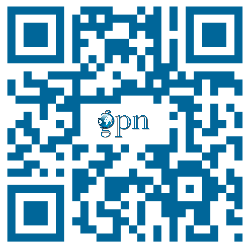Communication entails verbal and non-verbal transmission of messages. Verbal transmission of a message uses spoken language while non-verbal communication includes the use of a variety of different physical cues, such as body language (kinesics), distance (proxemics), physical environments/appearance, voice (paralanguage) and touch (haptics). In this article, we will give you some tips relating to both verbal and non-verbal communication. Equally important, we’ll try to help you hone your skills in making presentations, delivering public speeches, chairing and participating in meetings, and dealing with negotiations.
Some of the materials or articles we post here are to be downloaded and others can be read directly on the main page. This section opens with verbal-communication useful in making presentations, the signposts for a fully-structured presentation.
Signposts for A Fully-Structured Presentation
Presentations are delivered in different ways, according to the audience, occasion or setting; some are fully-structured and composed of different sections and subsections right from the introduction, others are not. For example, self-introduction is often a subsection in the opening part of a speech. However, self-introductions ae not always necessary or appropriate, for example when the audience are your colleagues. Mastering structure will give you clear options for what to use and what isn’t necessary in your speeches. Again, this depends on the audience, the occasion and on the general environment in which your speech is taking place.
The following statements are often used as part of an introductory section of a speech:
“Thank you very much for inviting me to speak here today” (of a guest speaker)
“I am honored to have the opportunity to share the results of our research with you here today” (for academic setting)
“What a great joy to be here and talk to you all, nice people of Wuhan” (for political setting)
“It’s an honor to have the opportunity to address such a distinguished audience” (neutral setting)
Apart from these words used to show how delighted and appreciative you are being in front of your audience, you will also need to use some other relevant signposts to effectively deliver your messages as you move on.
Click the following to download those “signposts for a fully-structured presentation.”






